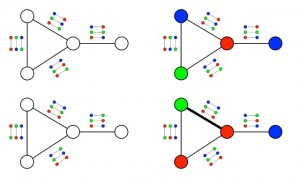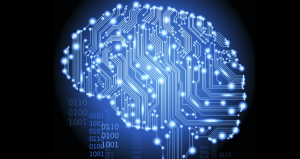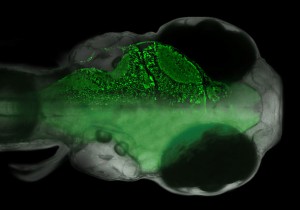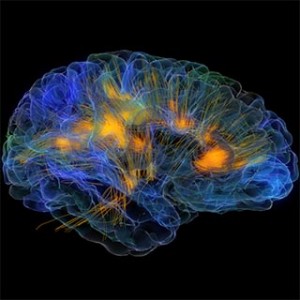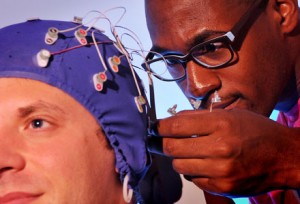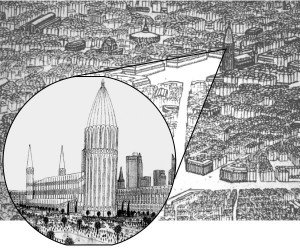
Gilles Trehin: Urville. Source: Gizmodo
The Stanford Encyclopedia of Philosophy has recently implemented a redesign of its website. My article on Situations in Natural Language Semantics appears in a new look.
“Situation semantics was developed as an alternative to possible worlds semantics. In situation semantics, linguistic expressions are evaluated with respect to partial, rather than complete, worlds. There is no consensus about what situations are, just as there is no consensus about what possible worlds or events are. According to some, situations are structured entities consisting of relations and individuals standing in those relations. According to others, situations are particulars. In spite of unresolved foundational issues, the partiality provided by situation semantics has led to some genuinely new approaches to a variety of phenomena in natural language semantics. In the way of illustration, this article includes relatively detailed overviews of a few selected areas where situation semantics has been successful: implicit quantifier domain restrictions, donkey pronouns, and exhaustive interpretations. It moreover addresses the question of how Davidsonian event semantics can be embedded in a semantics based on situations. Other areas where a situation semantics perspective has led to progress include attitude ascriptions, questions, tense, aspect, nominalizations, implicit arguments, point of view, counterfactual conditionals, and discourse relations.”
There is a lot of recent work on domain restrictions in situation semantics, in particular on domain restrictions for definite descriptions:
Paul Elbourne’s 2002 MIT dissertation, his 2005 book on Situations and Individuals, and his 2013 book on Definite Descriptions. “My contention in this book is that definite descriptions are best analyzed semantically as expressions that contain a locally free situation variable; when the situation variable is bound or assigned a referent, the definite description ranges over or refers to individuals. So I will be working with a semantics based on situations” (from Definite Descriptions, p. 17). Elbourne also exploits situation variables for a theory of presupposition projection.
Ezra Keshet’s 2008 MIT dissertation and his 2010 Natural Language Semantics article on Situation Economy: ” … a rule of Situation Economy is advanced, which holds that structures must have the fewest number of situation pronouns possible. Strong DPs require a situation pronoun to receive a de re reading, and therefore a restriction on the type of strong determiners is proposed, which supersedes Situation Economy in this case.”
Florian Schwarz’s 2009 UMass Amherst dissertation and his 2012 Natural Language Semantics article on Situation Pronouns in Determiner Phrases: “This paper is primarily concerned with situation pronouns inside of determiner phrases, arguing that they are introduced as arguments of (certain) determiners. Verbal predicates, on the other hand, are assumed to not combine with a situation pronoun. The various restrictions on their interpretation are shown to fall out from the semantic system that is developed based on that view.”

